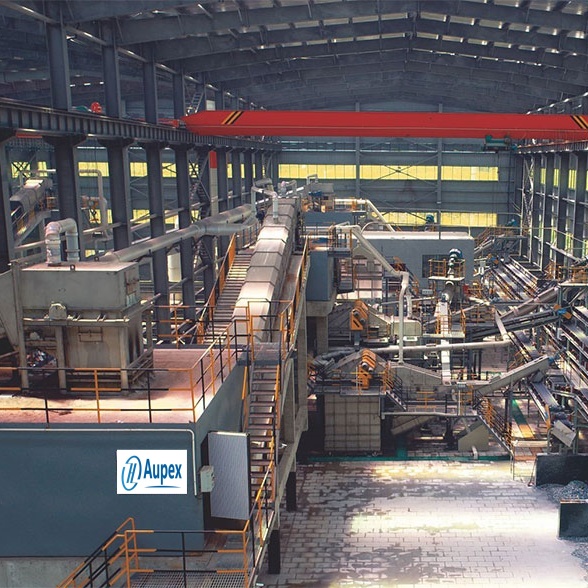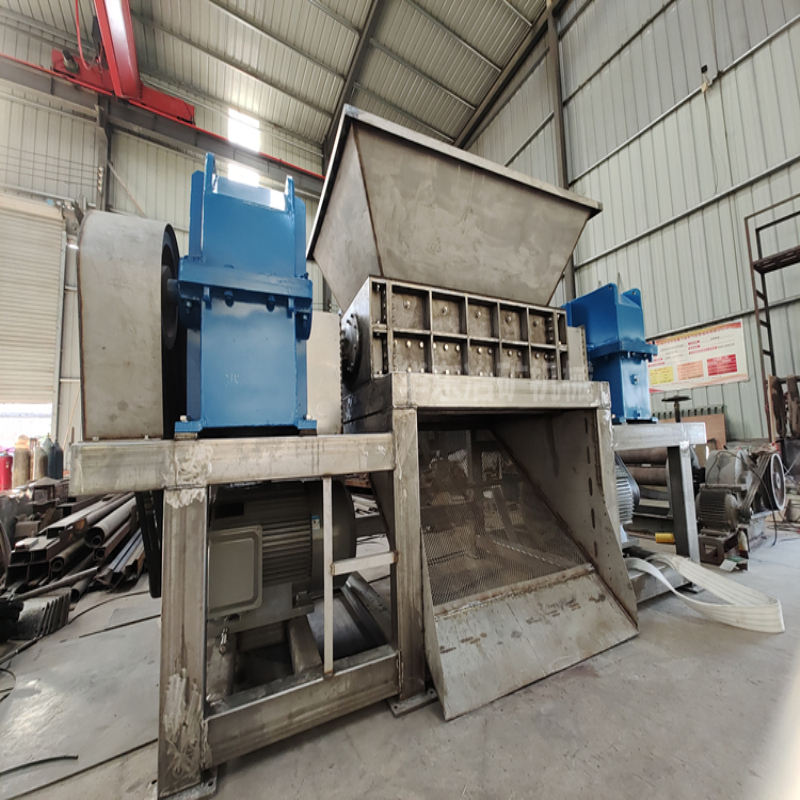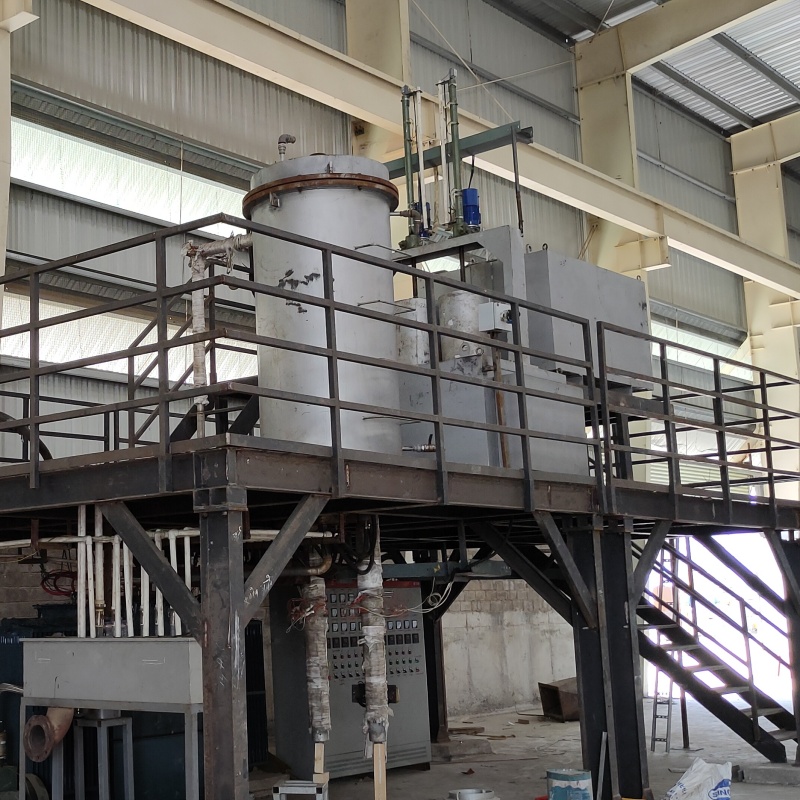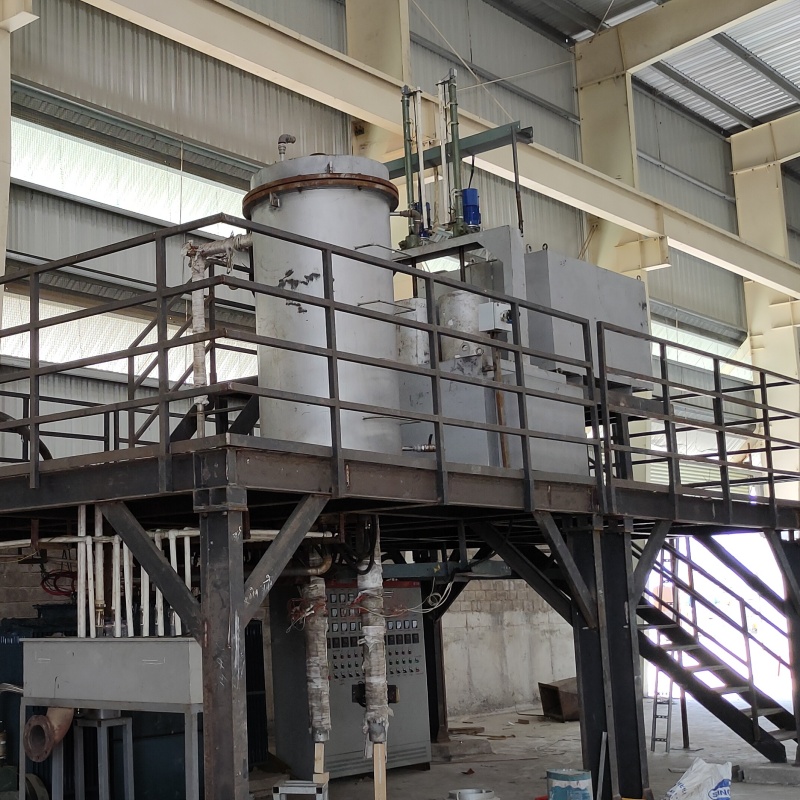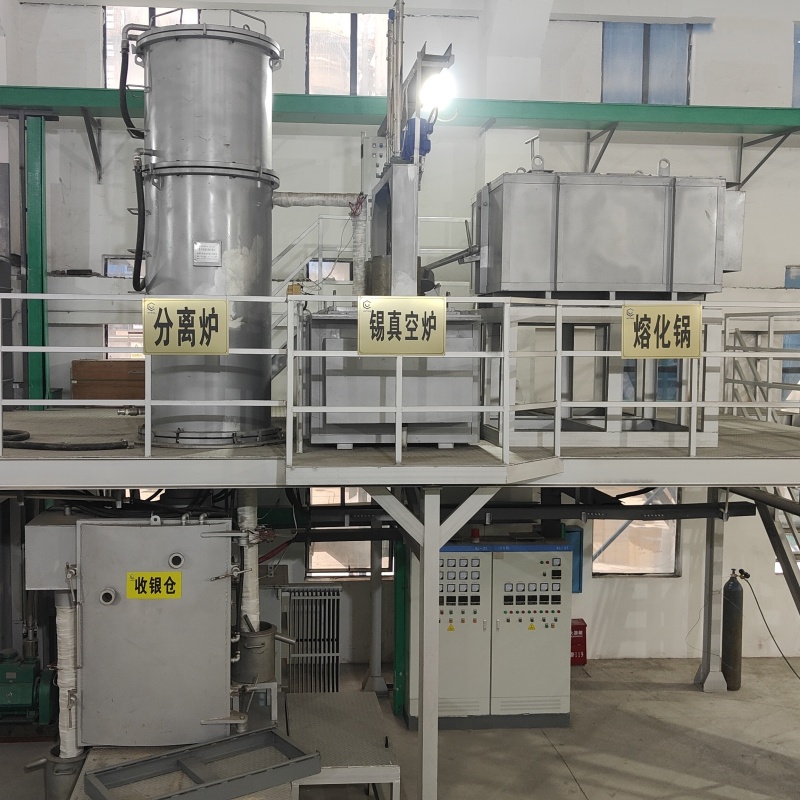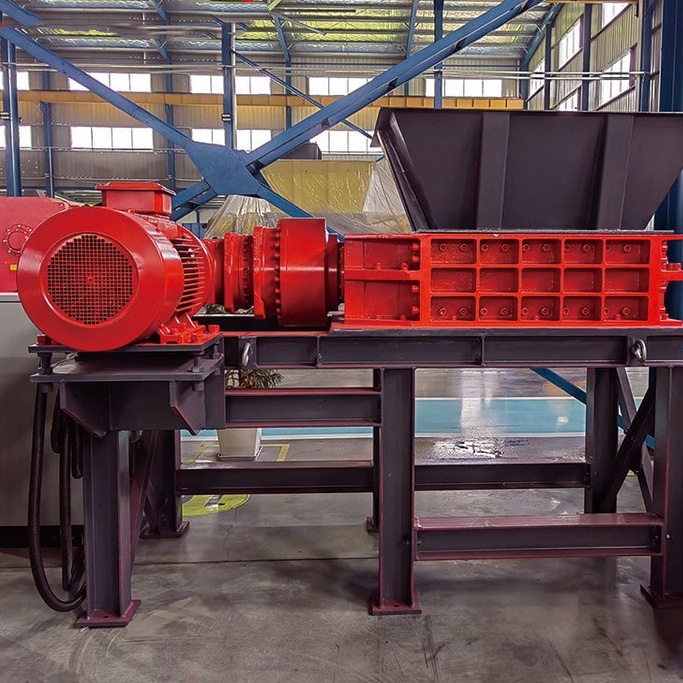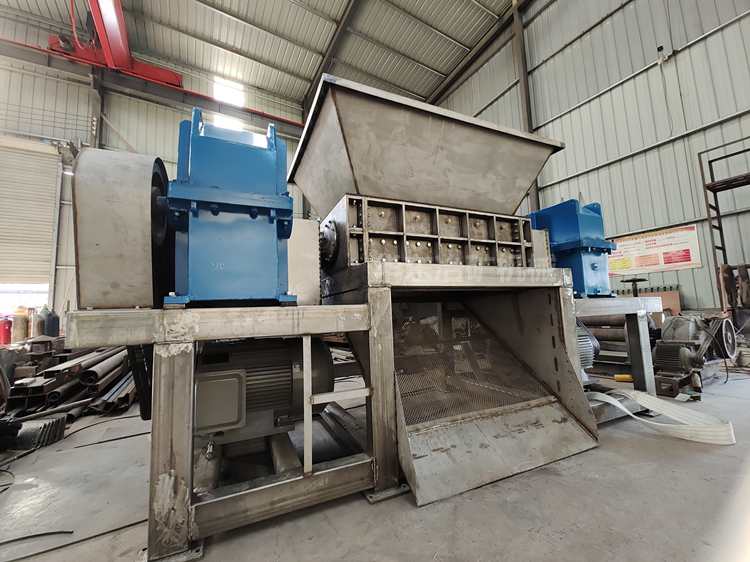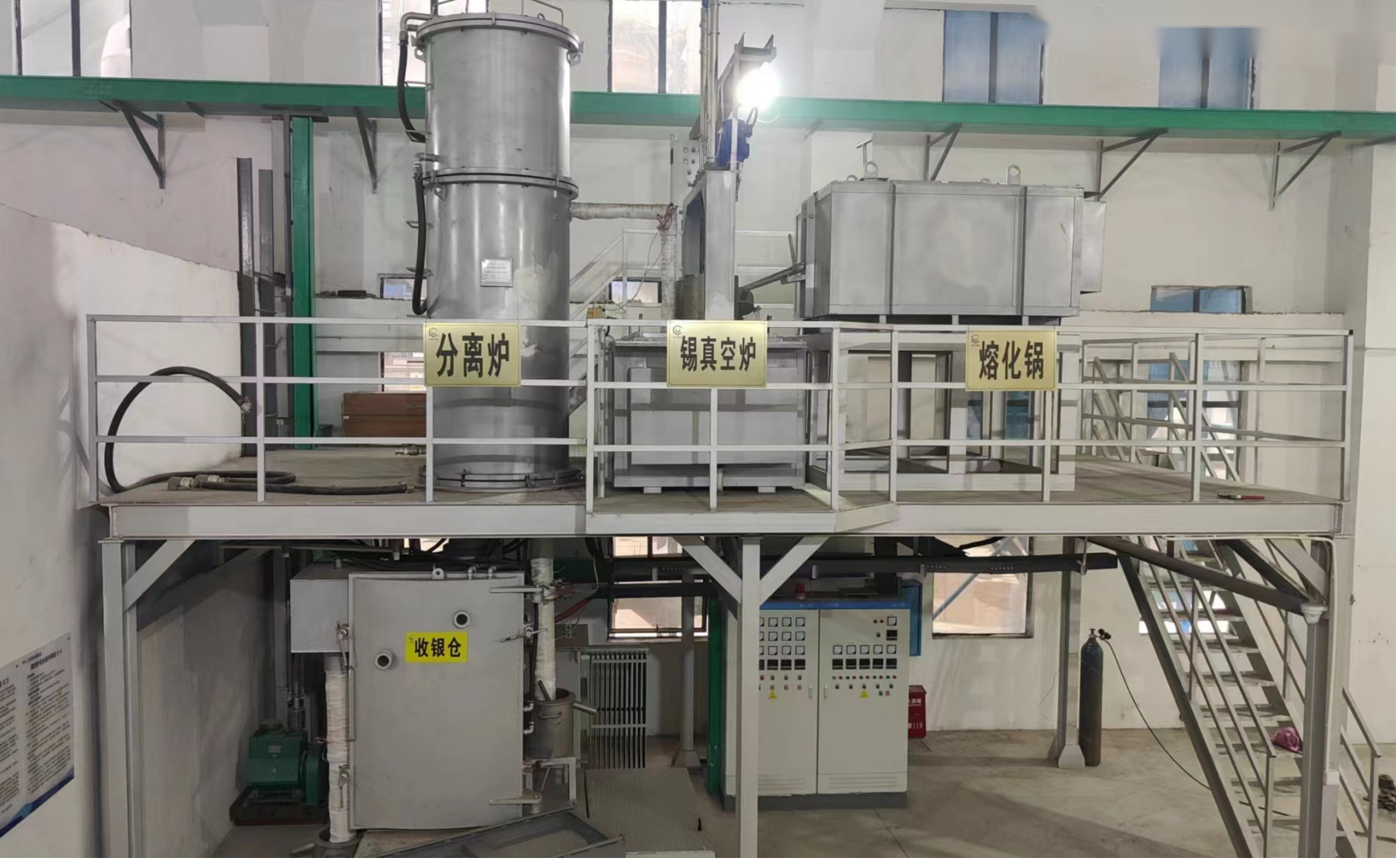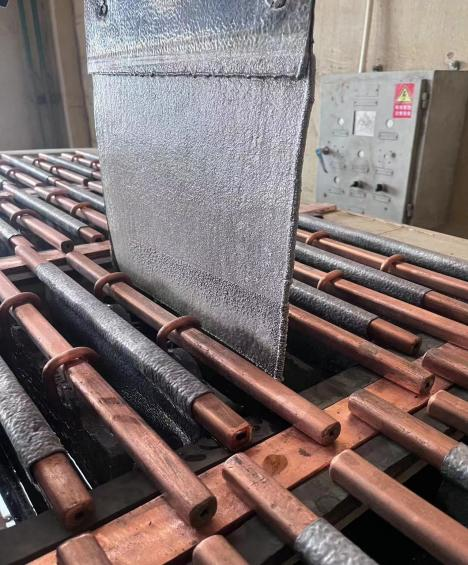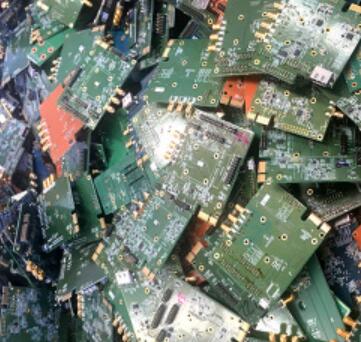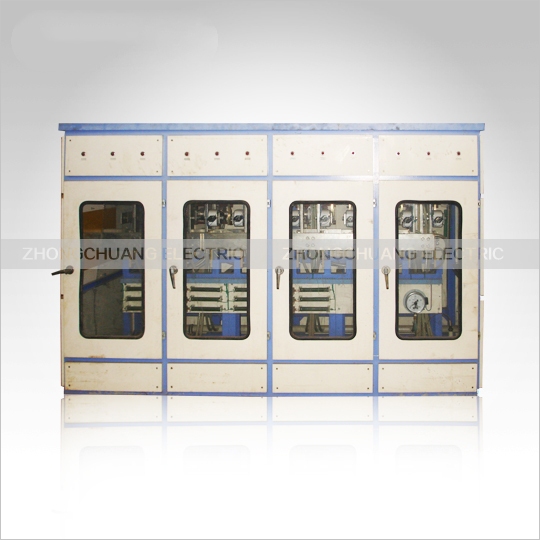Virkjaðu varanlega vistunaraðgerð fyrir breytur; ③ Stilltu bita 1-8 í SW1 og SW2 á OFF til að slökkva á vistun.
Sjálfvirk stilling PID breytu: Stýringin mælir sjálfkrafa álagseiginleika til að fá bestu mögulegu reiknirit fyrir álagið. Þetta er nákvæmara en handvirk stilling. Fyrir sérstaka álag þar sem álagseiginleikar tengjast álagsskilyrðum og eru mjög breytilegir, er aðeins hægt að stilla PID handvirkt.
◆
Val á PID-stýringu:
PID0 er kraftmikill, hraður PID-stýring, hentugur fyrir viðnámsálag.
PID1 er meðalhraða PID-stýring með framúrskarandi sjálfvirkri heildarafköstum, hentugur fyrir viðnáms-rafrýmd og viðnáms-span álag.
PID2 hentar fyrir stýrða hluti með mikla tregðu, svo sem spennustjórnun á rafrýmdum álagi og straumstjórnun á spanálagi.
PID3 til PID7 eru handvirkar PID-stýringar sem leyfa handvirka stillingu á P-, I- og D-breytum. PID8 og PID9 eru sérsniðnir fyrir sérstök álag.
3. Components and fast-fusing copper busbars use specially designed circulating water circuit profiles for optimal heat dissipation and extended component lifespan.
4. Component press-fitting employs a typical design for balanced and fixed stress, with double insulation.
5. Internal water pipes use imported reinforced transparent soft plastic tubing, resistant to both hot and cold temperatures, and with a long service life.
6. Component radiator faucets undergo special treatment for corrosion resistance.
7. The cabinet is fully CNC machined and powder-coated for an aesthetically pleasing appearance.
8. Cabinets are generally available in indoor open, semi-open, and outdoor fully sealed types; cable entry and exit methods are designed according to user requirements.
9. This series of rectifier cabinets adopts a digital industrial control trigger control system, enabling the equipment to
III. Technical Characteristics
1. Regulator: The digital regulator offers flexible and variable control modes and stable characteristics, while the analog regulator provides rapid response. Both employ DC current negative feedback control, achieving a current stabilization accuracy better than ±0.5%.
2. Digital Trigger: Outputs 6-phase or 12-phase trigger pulses, with a double narrow pulse pattern spaced 60° apart, strong trigger waveform, phase asymmetry ≤ ±0.3°, phase shift range 0~150°, and single-phase AC synchronization. High pulse symmetry.
3. Operation: Touch key operation for start-up, stop-up, and current adjustment.
4. Protection: Includes no-current start, two-stage DC overcurrent alarm protection, feedback signal loss protection, water pressure and temperature over-limit protection, process interlock protection, and operating control angle over-limit indication. It can also automatically adjust the transformer tap position according to the control angle.
5. Display: Utilizes an LCD display to show various parameters, including DC current, DC voltage, water pressure, water temperature, oil temperature, and control angle.
6. Dual-channel product: During operation, the two channels serve as hot standby for each other, allowing for maintenance without shutdown and seamless switching without current disturbance. 7. Network Communication: Supports multiple communication protocols including Modbus, Profibus, and Eathernet.
Voltage Specifications:
16V 36V 75V 100V 125V 160V 200V 315V 400V 500V 630V 800V 1000V 1200V 1400V
Current Specifications:
300A 750A 1000A 2000A 3150A 5000A 6300A 8000A 10000A 16000A 20000A 25000A 31500A 40000A 50000A
63000A 80000A 100000A 120000A 160000A
Functional Description
◆ Small Dummy Load: A section of heating element is connected to replace the actual load, ensuring a DC current of 10-20A when the output is at rated DC voltage.
◆ Intelligent Thermal Redundancy Control System: Two CNC controllers are interconnected via thermal redundancy ports, coordinating control in parallel without any control contention or exclusion. Seamless switching between master and slave controllers.
If the master controller fails, the redundant controller automatically and seamlessly switches to become the master controller, truly achieving dual-channel thermal redundancy control. This greatly improves the reliability of the control system.
◆ Seamless Master/Redundancy Switching: Two ZCH-12 control systems with mutual thermal redundancy can be manually configured to determine which controller acts as the master and which as the slave. The switching process is seamless.
◆ Redundancy Switching: If the master controller fails due to an internal fault, the redundant controller automatically and seamlessly switches to become the master controller.
◆ Pulse Adaptive Main Circuit: When a small dummy load is connected to the main circuit, and the voltage feedback amplitude is adjusted within the range of 5-8 volts, the ZCH-12 automatically adjusts the pulse start point, end point, phase shift range, and pulse distribution sequence to make the pulse phase shift adaptive to the main circuit. No manual intervention is required, making it more accurate than manual setting.
◆ Pulse Clock Number Selection: By selecting the pulse clock number, the pulse can adapt to the main circuit phase and correctly shift phase.
◆ Pulse Phase Fine-tuning: Through pulse phase fine-tuning, the pulse can be precisely aligned with the main circuit phase shift, with an error ≤1°. The fine-tuning value range is -15° to +15°.
◆ Two-Group Pulse Phase Adjustment: Changes the phase difference between the first and second groups of pulses. The adjustment value is zero, and the phase difference between the first and second groups of pulses is 30°. The adjustment value range is -15° to +15°.
◆ Channel 1F is designated as one group of current feedback. Channel 2F is designated as two groups of current feedback.
◆ Automatic Current Sharing: The ZCH-12 automatically adjusts based on the deviation of the first and second groups of current feedback without manual intervention. Manual current sharing is achieved manually by adjusting the current sharing between the star and two groups.
◆ Seamless switching: The power output remains unchanged during switching.
◆ Emergency stop function: When the FS terminal is shorted to the 0V terminal, ZCH-12 immediately stops sending trigger pulses. Leaving the FS terminal floating allows trigger pulses to be sent.
◆ Soft start function: When ZCH-12 is powered on, after self-test, the output slowly climbs to the given output. The standard soft start time is 5 seconds. Custom time is adjustable.
◆ Zero return protection function: When ZCH-12 is powered on, after self-test, if the given value is not zero, no trigger pulse is output. Normal operation resumes when the given value returns to zero.
◆ ZCH-12 software reset: ZCH-12 is reset by executing a software program command.
◆ ZCH-12 hardware reset: ZCH-12 is reset via hardware.
◆ Phase shift range selection: Range 0~3. 0: 120°, 1: 150°, 2: 180°, 3: 90°
◆ Permanent Parameter Saving: Control parameters changed during CNC debugging are saved in RAM and will be lost during power outages. To permanently save the debugged control parameters: ① Set bits 1-8 of SW1 and SW2 to OFF, OFF, OFF, OFF, OFF, ON, OFF, OFF to enable saving;
② Enable the permanent parameter saving function; ③ Set bits 1-8 of SW1 and SW2 to OFF to disable saving.
◆ PID Parameter Auto-tuning: The controller automatically measures load characteristics to obtain the optimal algorithm for the load. This is more precise than manual adjustment. For special loads where load characteristics are related to load conditions and vary greatly, PID can only be manually tuned.
◆ PID Controller Selection:
PID0 is a dynamic, fast PID controller, suitable for resistive loads.
PID1 is a medium-speed PID controller with excellent overall automatic adjustment performance, suitable for resistive-capacitive and resistive-inductive loads.
PID2 is suitable for controlled objects with large inertia, such as voltage regulation of capacitive loads and current regulation of inductive loads.
PID3 to PID7 are manual PID controllers, allowing manual adjustment of the P, I, and D parameter values. PID8 and PID9 are customized for special loads.
◆


